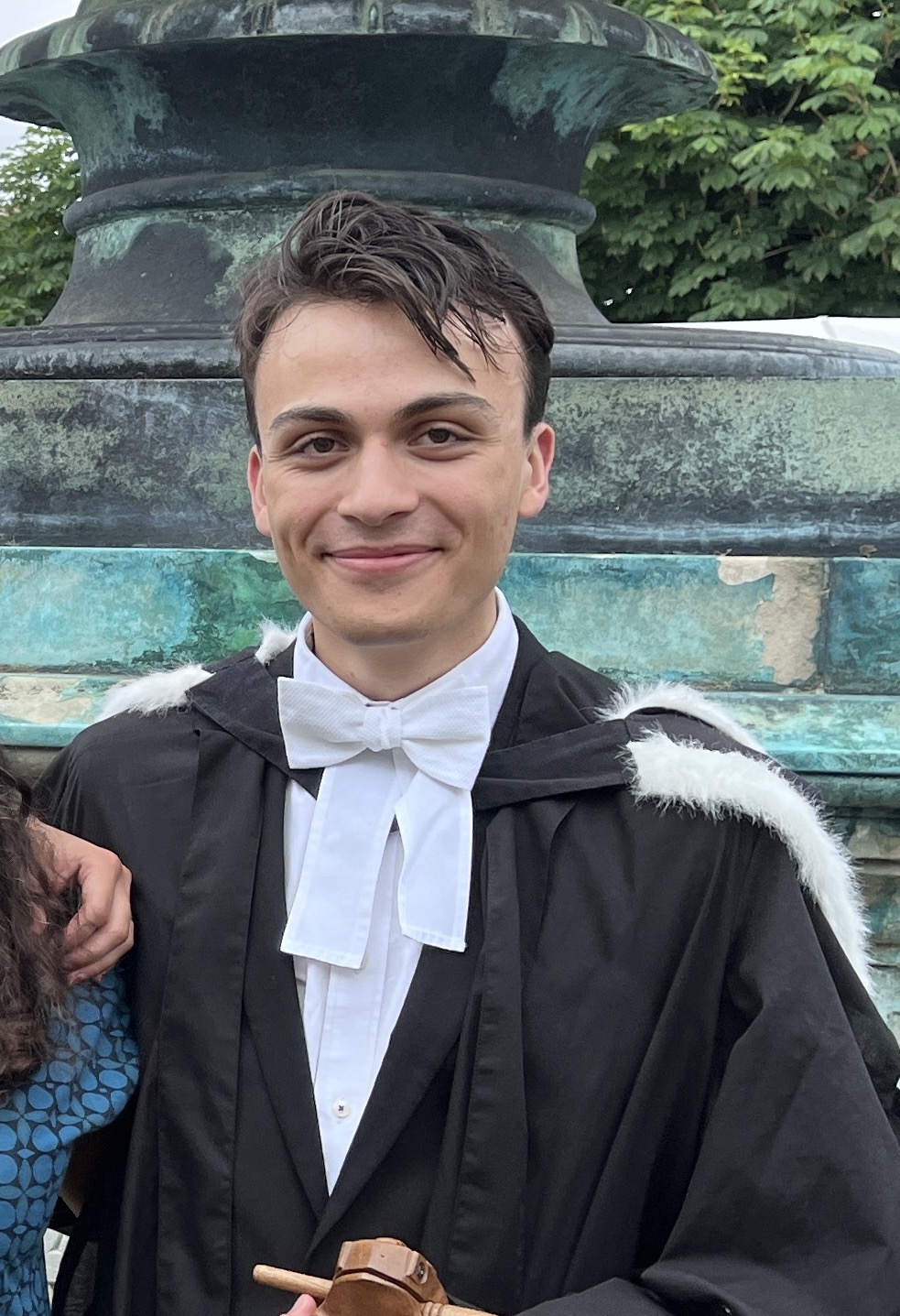We are proud to announce that one of our undergraduate students, Isaac Gianfrancesco, has won two awards and a nomination for his Part II project, completed in Professor Ewan St. John Smith’s Group!
Isaac won our Departmental Part II Research Project Prize and the British Society of Pharmacology’s Undergraduate Pharmacology Prize, being offered the opportunity to present his research at Pharmacology 2024, as part of the Undergraduate Pharmacology Prize.
Isaac’s project looked at uncovering the link between pain and cytokines, investigating the potential role of the cytokine interleukin-7 (IL-7) in rheumatoid arthritis. Individuals with rheumatoid arthritis have a higher level of IL-7 compared to healthy individuals, which makes it of potential therapeutic interest. Isaac dug into the mechanisms by which IL-7 might contribute to rheumatoid arthritis pathology using an “arthritis-in-a-dish” system, whereby mouse sensory neurons are grown on top of a carpet of fibroblast-like synoviocytes (FLS), thus simulating how neurons innervate the synovium in vivo. Isaac used calcium imaging to measure how neurons responded to IL-7 and certain pain-producing substances in two different conditions: monocultured neurons versus those co-cultured with FLS, as well as using immunohistochemistry to determine how the expression of certain receptors in sensory neurons is altered by in vivo injection of IL-7.
Isaac found that IL-7 activated sensory neurons and thus might have a direct role in pain sensation in rheumatoid arthritis. These interesting Part II project results build on ongoing research in the Smith Lab examining the role of IL-7 in joint inflammation and pain.
Part II projects are not only a chance for our undergraduates to perform hands-on research, but also an opportunity for the students to experience life in research and at the Department. Issac took particularly well to this opportunity, where he has “really enjoyed my year in the Department of Pharmacology.” He “especially valued the opportunity to get involved with research in the Smith Lab”.

